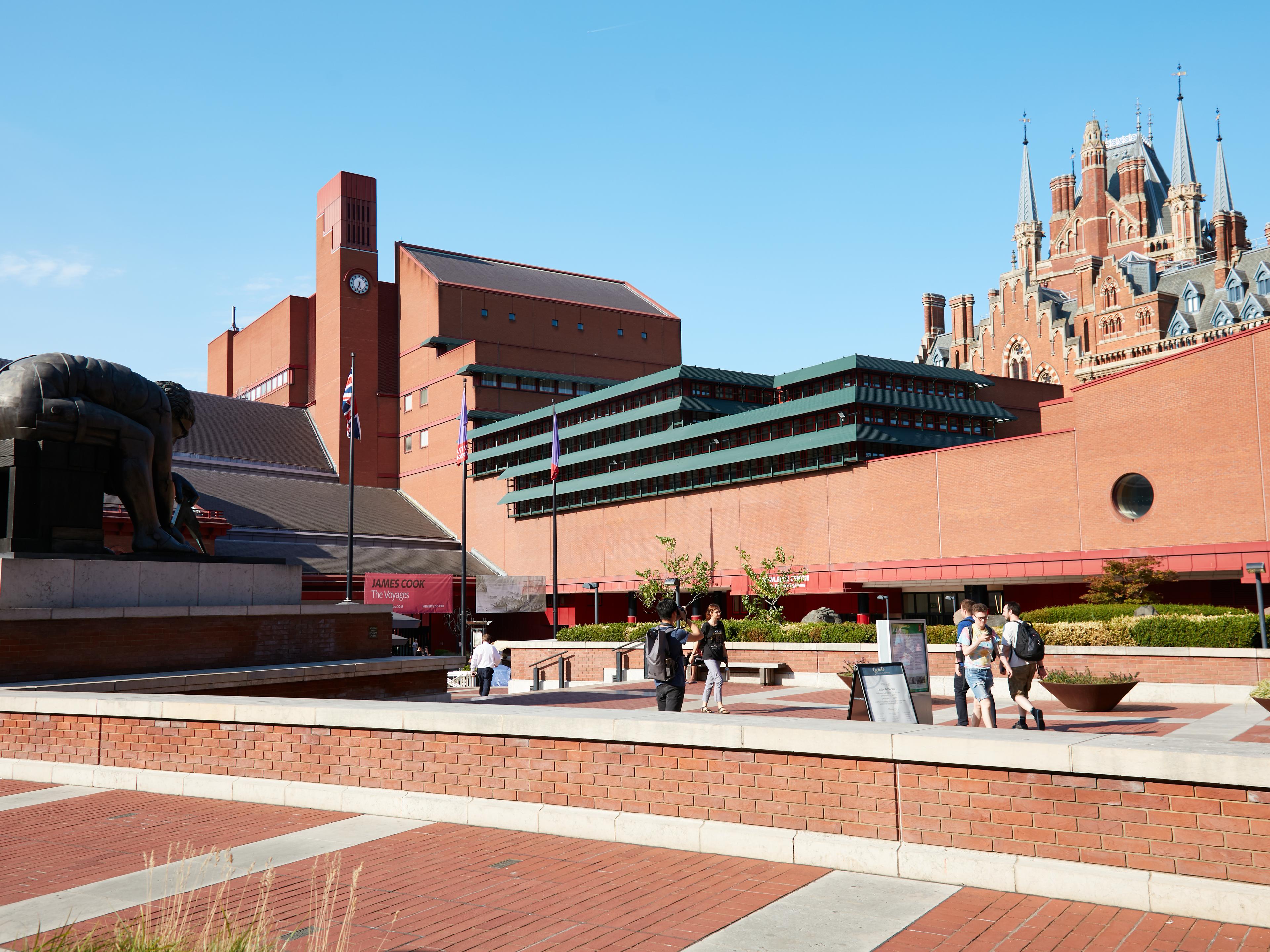
Wellbeing and the workplace
by Josh ArtusA staggering 57% of people are dissatisfied with their workplace settings, believing they don’t support their productivity, reads the latest Leesman report. I find this interesting at a time when workplace design, culture and technology have never been of a higher quality. Perhaps the relationship we’re looking at is more complex than we think. Are we looking at the right things?
In a recently published piece of work The Centric Lab produced alongside University College London for the Future Cities Catapult, we demonstrate at length that health, wellbeing and productivity are delicately interconnected systems within the built environment. The purpose of the publication was to identify where, how and why neuroscience will be a useful tool for urban placemakers in the 21st century. As a field of research, cognitive neuroscience is concerned with identifying the biological processes that underpin cognition. To focus on the latter and reverse engineer is the wrong way around. In fact, as demonstrated in our publication, called “Neuroscience for Cities,” it is perhaps taking into account the former that gives us a better understanding into how a person perceives the world around them and underpins their biology to be well and productive.

Neuroscience allows us to see, identify and evaluate what is experienced but not expressed. For instance, our psychological perception of taking the London Underground daily for 30 years may not be that much of a bother, as it has become habituated. However, biologically we should be looking at the half-life of such noise, air and visual stressors on our productivity throughout the day, week, month and year.
As there is still a lot to learn about the brain, we cannot directly relate activities such as collaboration or creativity to cellular activity in the brain. While there are strong correlates, there are also outliers. Creativity and collaboration do not follow a linear path. Is a midfielder in football not creative? Is a mechanical engineer fixing an engine by the side of the road not creative? Is putting up a tent in the wind not a creative and collaborative effort? Each of these represents distinctly different physical and psychological settings, and is driven by other motivations. Therefore, it is perhaps remiss of science to argue that ‘X’ spatial quality will make someone more productive. If anything, our research is telling us that before we try to go for elevation, let’s get our foundations in order.
We sit on the side of the fence that says humans are highly capable; when their homeostasis and environment are aligned, anything is arguably possible. It is therefore the role of built environment practitioners to not only understand the biological interconnectedness of urban life into building curation and spatial design, but also work with other groups to improve their own unrelated service, such as transport networks, delivery systems and public infrastructure. Is it not mad to think that, in the face of the fact that urban pollutants and stressors – such as air pollution from vehicles, light pollution from buildings and streets, and noise pollution from density – decrease health, wellbeing and productivity, corporate bosses should be working harder to improve those, as opposed to worrying about their lobby design?
When it comes to neuroscience, the workplace and the buildings that encompass them, we see the responsibility being twofold. Firstly, there is the need for building owners and their designers and managers to ensure they are biologically in-tune buildings and spaces that intuitively support a person’s agency. That is supported and cross-referenced by rigorous research into how physical qualities impact or support biological and cognitive processes associated with modern work.

Secondly, as we grow into the 21st-century world of work, user experience and customer-centric ‘human economy’, it’s time to take into account that a person’s perception and value of a workplace and building sits beyond the red line on a plan. This means that alongside the world of IoT and smart buildings, we must also work smarter in the interconnectedness of people and the multitude of spaces they inhabit and systems they use to guide and enable their lives.
The role of neuroscience in the built environment is to identify
stressors preventing humans from capability and advising on risks to be mitigated. Applying scientific theory is a little like buying Thai fishing trousers while travelling and wearing them back home: context and relevance are everything.
There is no doubt that the complexity of measuring productivity as a result of built environment elements is tricky. It is one for the time being made in faith of the research, the interpretations and the applications. Understanding humans, how we work in an ecosystem and the interrelation of all those elements is not only the journey of neuroscience in the built environment, but also the job of the built environment leaders of tomorrow.
Authors
Josh Artus is Consultancy Director of The Centric Lab, a life science company intersecting with the built environment. The aim of The Centric Lab is to use neuroscience to make spaces, places and cities better for people.
Publication
This article featured in Exchange Issue No. 1, which explores the future of the workplace sector with architectural discussions, developer interviews, industry expert essays, design case studies and more.
Read more

